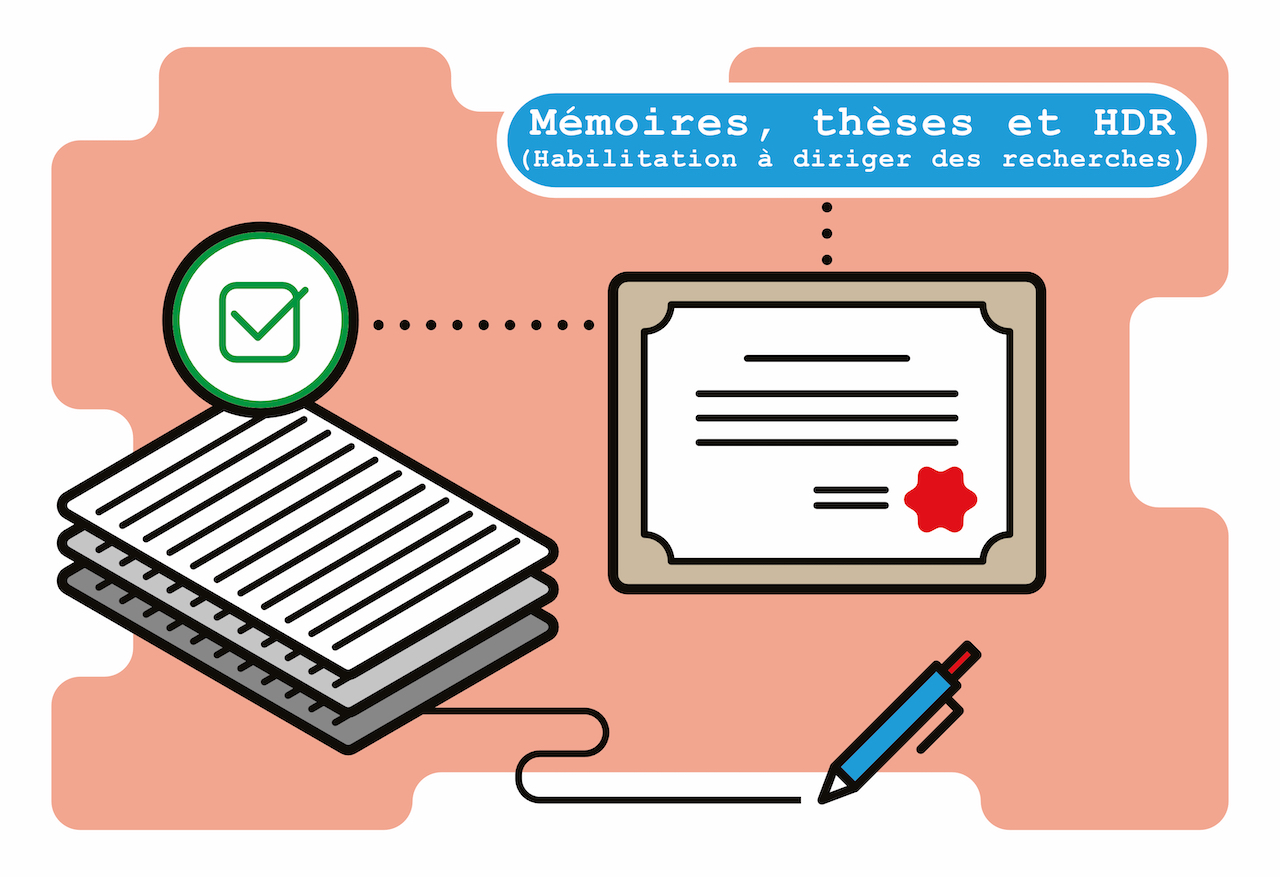Fiche du document
- ISIDORE Id: 10670/1.46371a...
Sujets proches
Mouse House mice Mus musculus House mouseCiter ce document
YL Zhang, « Study of the roles of two pore channels (TPCs) in metabolism », Oxford Research Archive, ID : 10670/1.46371a...
Métriques
Partage / Export
Résumé
Second messengers play roles in communication between and within cells and are critical in various physiological functions at cellular level. As an important second messenger, Ca2+, through spatiotemporal changes in its cytosolic concentration in the cell, regulates multiple physiological processes. One source of cytosolic Ca2+ is the intracellular Ca2+ stores which mainly include the endoplasmic reticulum (ER) and the endolysosomal system. In past decades, research has identified the different triggers and mechanisms of Ca2+ release from different organelles. NAADP, as the most potent trigger, initiates Ca2+ release from the endolysosomal system, and there is evidence that two pore channels (TPCs), a type of cation channel located in endolysosomes, can mediate such Ca2+ release. Much previous research has successfully investigated the functions of TPCs in various physiological and pathological processes. In my studies, I have employed TPC gene-edited animal and cell models to investigate the function of TPCs in metabolism, particularly adipocyte differentiation, and pancreatic digestive enzyme secretion. Obesity and related metabolic diseases have become a major problem; in the UK they are estimated to affect around 25% of adults and around 20% of children. Drug treatments with a minimum of adverse reactions could be an important tool alongside preventative measures. TPCs were investigated as a potential target for anti-obesity treatment in two different aspects: adipogenesis and lipid absorption. The studies were based on unpublished evidence that Tpcn1-null mice are leaner with less lipid absorption in the intestine; also, the differentiation from mesenchymal stem cells to adipocytes in a Tpcn2 knock-down cell line is significantly reduced. In this study I showed that pancreatic acinar cells isolated from Tpcn1-null mice have reduced lipase activity, and also that activities of other pancreatic enzymes are reduced. Moreover, Raman spectroscopy of Tpcn1/2 double-knockout pancreatic acinar cells show a reduction in the abundance of cytochrome C, which is the first study that connects TPCs with cytochrome C and should further lead to understanding of the relationship between TPCs and cell apoptosis. With regard to adipocyte differentiation, a shRNA knock-down mesenchymal stem cell model as well as preadipocytes isolated from Tpcn2-null mice showed reduced adipogenesis and the reduction seems to be led by an alteration in cyclic AMP signalling levels that induces Tpcn2 gene expression with calpain as a downstream modulator. In addition, hepatocytes isolated from Tpcn1-null mice were used as a model for SARS-CoV-2 pseudo-virus infection study, and the results showed that TPC1 may have functions in the infection of senile high-fat diet mice, and TPC1 may be regulating expression of TIMP-1 after infection. The study of TPCs’ role in lipid metabolism has expanded our understanding of this pathophysiological process and could lead to the identification of new therapeutic drug targets for anti-obesity treatment.
